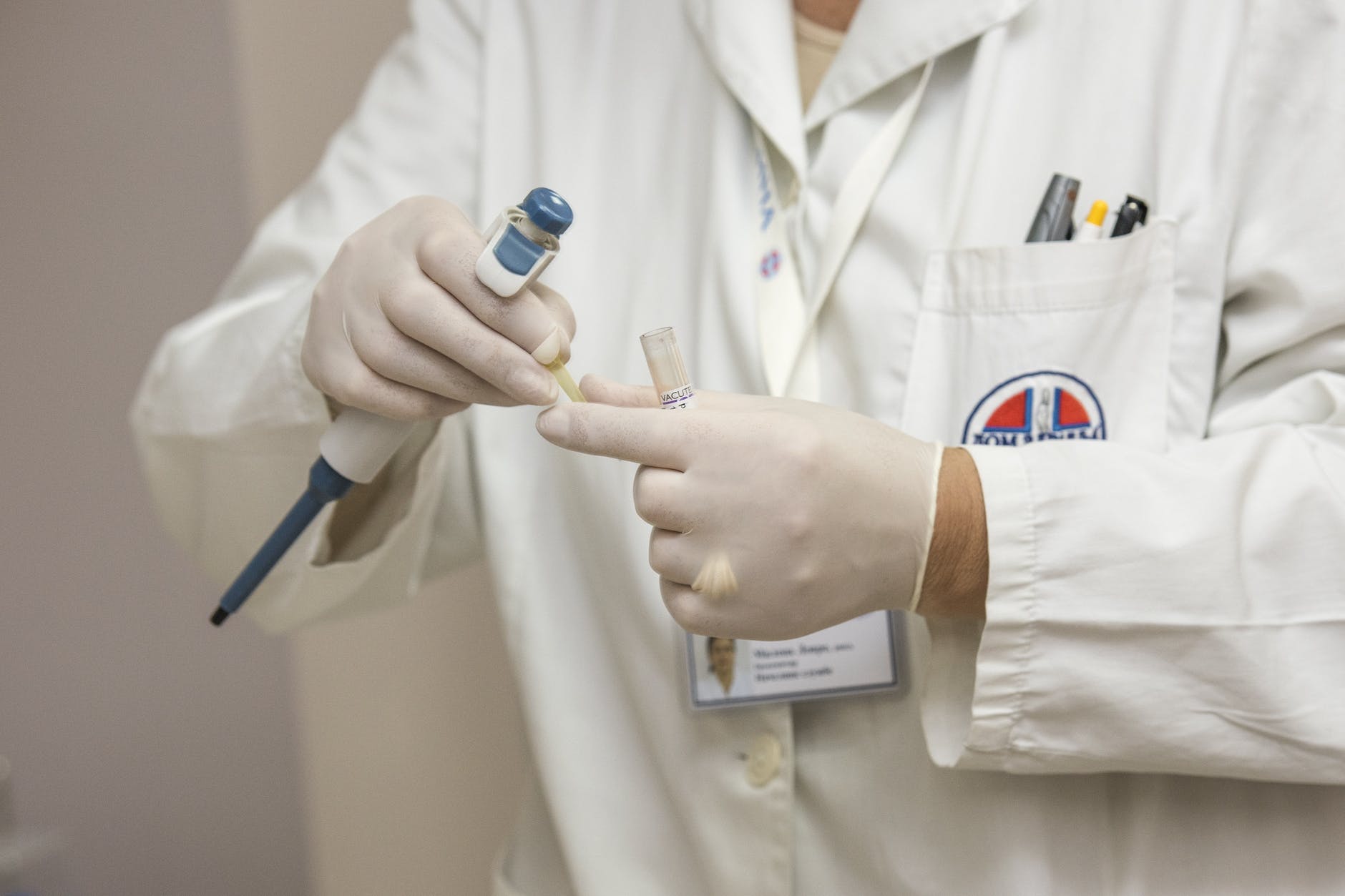Worldwide Lymphedema is most commonly caused by infections. In the United States lymphedema is most commonly caused by cancer, surgery, infection, obesity and hereditary diseases in that order. You might have heard of lipedema, and it can also cause a secondary lymphedema can be that can be debilitating. Lymphedema is a chronic condition that is seen as swelling in the arms or legs and is caused by damage to lymphatic ducts or lymph nodes. Once the injury occurs to the lymphatic system the resulting scarring creates a blockage that prevents them from draining lymph fluid leading to swelling. Cancer patients who receive treatment therapy have also been known to develop lymphedema months or years after their treatment has finished. Let’s take a deeper look into lymphedema and how it can impact us:
Symptoms of Lymphedema
Common symptoms that occur when lymphedema begins to develop are swelling and sizeable changes in an arm or leg. Additional symptoms can include a feeling of heaviness in the impacted limb, a restricted range of motion, aching, recurring infections, and fibrosis or hardening of the skin. Lymphedema leads to severe swelling that makes it extremely difficult to use that limb for regular activities.
Causes of Lymphedema
As mentioned, lymphedema can be caused by damage done to the lymph nodes or a blockage that prevents them from draining properly. This kind of damage can be caused by surgery, radiation treatment for cancer patients, cancer cells themselves, and infection. Lymphedema can also be inherited due to developmental issues with the lymph nodes. Most primary lymphedema is developed during infancy or puberty, with extremely rare cases seeing people living with lymphedema after the age of 35.
How to Prevent Lymphedema
Primary lymphedema that is developed through hereditary conditions cannot be prevented, but avoiding damage to your lymph nodes can prevent secondary developments. Always make sure you protect yourself from infections by cleaning cuts and scrapes. Avoid wearing tight clothing, as this can lead to lymph node difficulties. Finally, always ask your doctor prior to radiation treatment if it may be aimed at your lymph nodes.
Living with Lymphedema After Diagnosis
It can be difficult living with lymphedema, so make sure you surround yourself with support. Coping groups can easily be found by reaching out to the National Lymphedema Network. It is no secret that it will be difficult to use your impacted limb after lymphedema has set in. No matter the difficulty, make sure you take care of your limb through light exercises, a limb wrap, and lymph drainage massages to alleviate any pain or additional swelling. Unfortunately, there is no cure for lymphedema, but you can prevent the condition from getting worse with these recommendations.
Help from the Laser Vein Center
For any additional questions or concerns, make sure to call the Laser Vein Center for help. Our highly-knowledgeable team has been trained to treat a variety of vein conditions, including lymphedema. Call today for your free consultation and see how we can help you.

